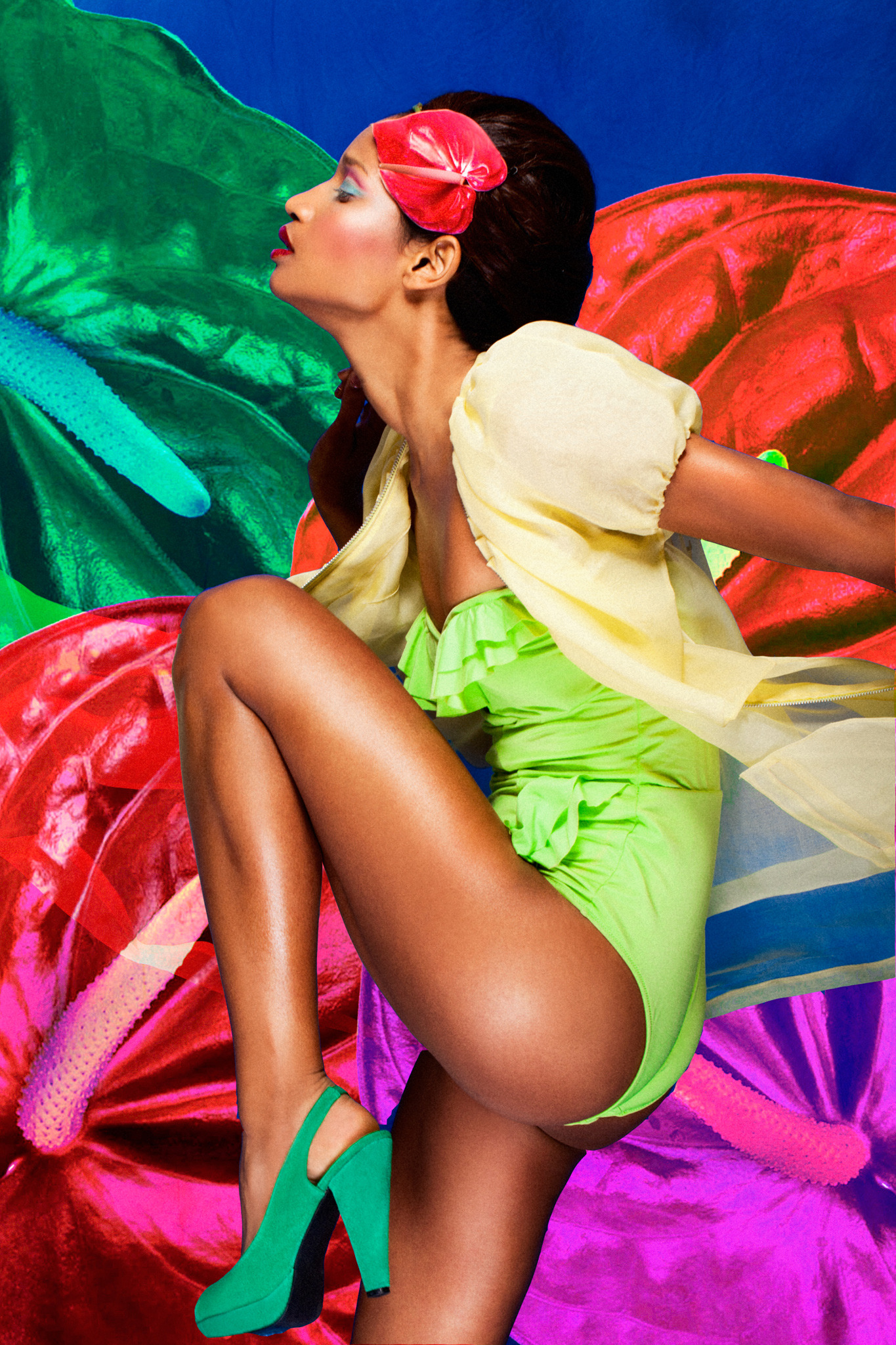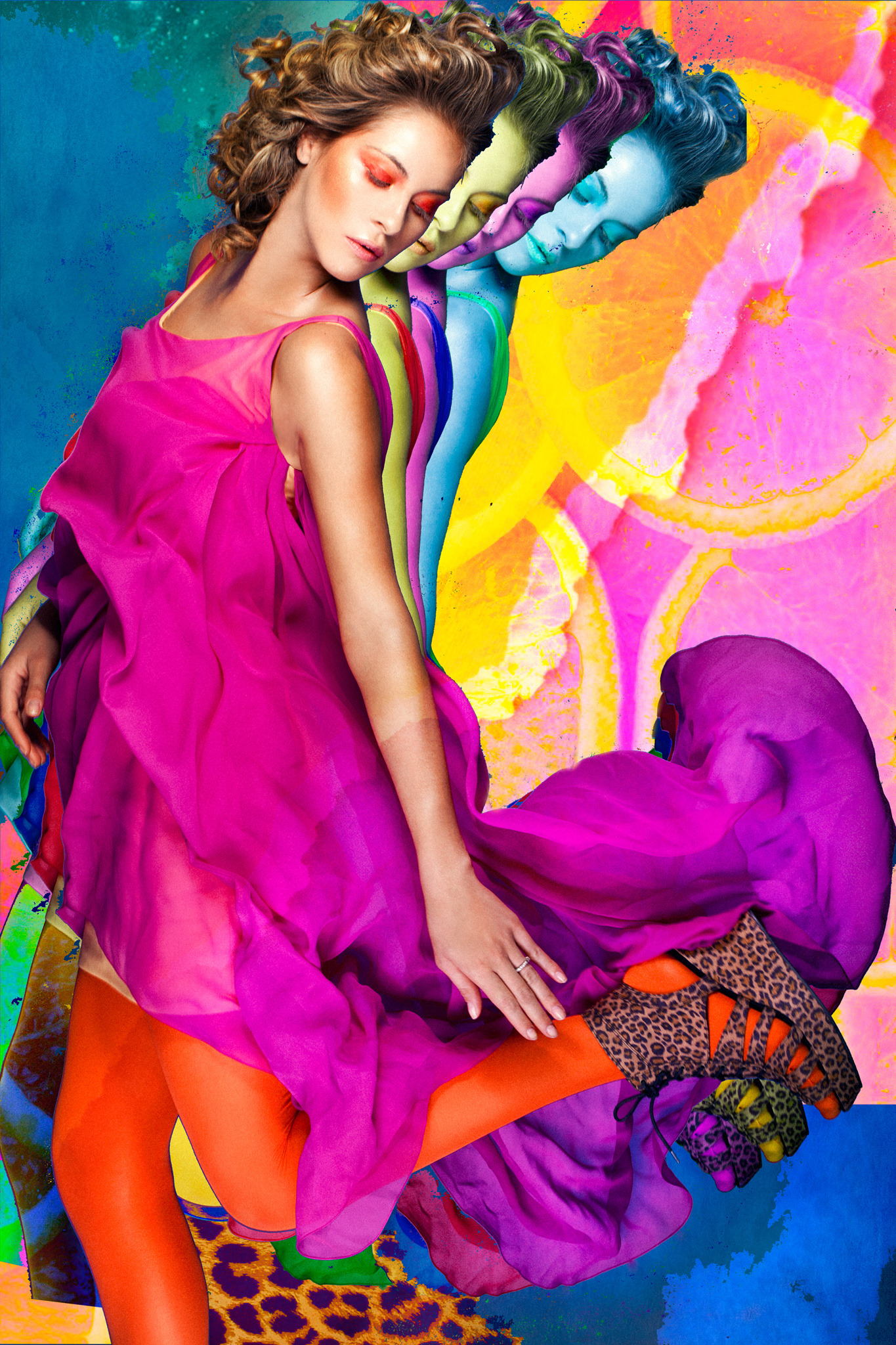Your headshot should be an accurate representation of what you look like on a fairly regular basis, so your hair style should be one that you can easily achieve on your own. Because of this, hiring a hair stylist for your headshots shoot is probably unnecessary. However, you need to make sure your hair is presented in a way that doesn’t distract the viewer. If you normally have unkempt or unruly hair, you should have it properly cared for (cut and styled) well in advance of your photo shoot.
When it comes to your headshots, the name of the photographer doesn’t matter, nor does it matter who that photographer has worked with in the past. A casting director won’t be looking at who shot your headshot, they’ll be looking for a good headshot. As long as the photographer himself or herself impresses you, all that really matters is the quality of your headshot. Therefore, you should choose a photographer based on the quality of their work, not the celebrities they say they’ve worked for.
In order to stand out in the competitive business of headshots, some photographers will work diligently to develop their own unique style. In some cases, this won’t make any difference to you, as long as you like that style. On the other hand, there is an increasing trend by some photographers to incorporate overly cropped photos in their “style.” This results in cutting off certain features of a subject, like their hair, foreheads, chins, ears, etc. Sometimes, this is fine, but quite often, extreme cropping will mean your headshot goes straight into the director’s circular file, rejected without a second glance.
Here’s the deal: if your headshot is hiding something, some feature or characteristic, and that casting director thinks that feature or characteristic is important, then your photo has been excessively cropped. Excessively cropping an actor’s hairline can make the casting director think you are bald; an ear left out of the photo might be disfigured. A chin omitted from the photo might be hiding a scar. If your entire face is not in the photograph, it leaves far too much to the casting director’s imagination, and that can be a very bad thing for your audition prospects.
Here are some steps you should take when you are choosing your headshots photographer. First, find someone you believe you will be comfortable with. I strongly think that being able to develop a strong rapport with a photographer, to really “hit it off” with them, makes all the difference in the world in how your headshots will come out. When you are comfortable and loving what you are doing, you will find it much easier to project yourself to the camera with a confident, positive, and comfortable aura. You will also be far more likely with experimentation: trying different looks, different facial expressions, and so forth. These experiments can lead to a unique, eye-catching, and outstanding headshot, but you have to be comfortable with the photographer to try it. When you are comfortable, your smile will be genuine, not fake, and your overall expressions will come to life much more than if you aren’t comfortable.
Second, look for a headshots photographer who has a portfolio with quality, professional-looking headshots done in a style that you enjoy and would feel comfortable working with. I don’t think I have to say that you need to actually like the work of the photographer you decide to work with, but I’ll say it anyways. You might not be a great judge of what makes a perfect headshot, but you should at least be able to recognize that you like your photographer’s work. If not, what’s the point in hiring that photographer?
Tracking down a true “headshots photographer” these days isn’t rocket science. Finding the “right” photographer, though, is more difficult, because photographers are so common now and the photography market is extremely competitive.
Find an inexpensive, or “budget,” headshot photographer is a trivial task, because many photographers are willing to provide their services at what seems like an extremely inexpensive rate. Tread carefully with these photographers, though. If working alongside a professional photographer matters to you, working with someone who makes a living taking photographs, then a photographer who charges next to nothing for his or her work just might not be a professional photographer at all. In all likelihood, any photographer charging so little for their services is working another job, and is only taking photographs as a sideline hobby. That’s not a professional photographer.
If you are taking your own career seriously, do you really think it’s a good idea to shoot with a photographer who doesn’t have enough respect for his or her own career as a photographer to charge a reasonable rate for it? Perhaps not, but the choice is yours...
If you’re feeling tremendously lucky and ready to take some real chances in finding a hobbyist photographer who is truly talented at taking photos that capture the best in an individual, then no, it might not make any difference to you if you hire a professional photographer or not. For most people, though, people who are less adventurous and are serious about presenting incredible headshots, it is better not to take any chances. Why? To put it simply, beyond getting your photographs taken, you should also consider the nature of the “service” given.
In a cutthroat business like acting, any advantage you have over your competitors can be tremendously significant.
Think about it this way: what type of photographer will aim to give you the best service possible? The photographer who makes their living at the profession and whose reputation depends on it, or the person who happens to have a camera for a hobby, already works full-time in another job, and is trying to score a few extra bucks.
Professional photographers who care about their reputation know that their reputation and customer testimonials and referrals are a crucial aspect of the business. They know that quality service is essential to an excellent reputation, and they will do a variety of things, like looking out for your general comfort level during the shoot to delivering the photographs you paid for on time, in order to build that reputation.
Pay special attention to the importance of going with a professional. It isn’t just about the photographer being able to take a good photo. A skilled photographer will be able to help you relax for the camera, evoke the best looks and poses out of you, and will make suggestions about what works and what doesn’t work to accentuate your best features and traits through the camera lens.
On the other hand, someone who is just doing headshots and photography in his or her free time usually won’t have the same incentive to give their clients 100% of their attention and effort.
Asking how much a headshot will cost is a bit of a trick question, because you can pay as little or as much as you want on headshots. How much you spend depends on your budget, the quality of headshots you are looking for, as well as the number of options you want to have, like number of “looks,” number of wardrobe changes, number of photos taken, and whether or not you want to hire a hair stylist or makeup artist. Various photographers will provide you with different options and varying prices.
That being said, a typical “headshots only” shoot should run you between $200 and $600, depending on the photographer and the options that photographer provides you.
Of course, you can always pay less, and many people want to pay as little as possible for headshots. However, truly high quality headshots should be seen as an investment that will, in the form of opportunities created by the headshots, pay for themselves.
Look at it this way: you probably don’t pay rock-bottom prices for shoes; likewise, you should avoid paying for the absolutely cheapest photographer you can find when you are shopping around for a headshot photographer.
Anytime your physical appearance or styling preferences change significantly from what your current headshot shows, that’s a good time to update your headshot. After all, your headshot is supposed to be an accurate and realistic representation of what you currently look like, so things like hair style changes or hair length changes, or other physical changes, will make it necessary to have a new headshot done.
Let’s face it, there isn’t some “magic formula” that encompasses a perfect headshot. Any rules we might give you definitely have exceptions. With that said, most of the most effective headshots have these characteristics in common:
- They focus on the model or actor, including only what is necessary to show the director that you are good for the part. Make sure your jewelry, clothing, hairstyle, etc. accentuate your best qualities, but don’t distract the viewer from the overall picture of you.
- They are accurate and realistic in how they represent you. They won’t make the actors or models look younger or like someone else.
- They will generally act as an invitation for the viewer to want to know more about the actor or model. This can be done through a combination of expression, shot composition, and lighting.
- While lighting is important, good headshots avoid overly dramatic lighting, such as excessive shadows. These are not “fashion shots”, after all, which can make excellent photos but fail miserably as headshots.
Ever wonder what people mean when they talk about a headshot? Most of the time, this refers to an 8x10 photo of an actor or a model, typically focusing on the face but also including the rest of the head and shoulders. Some “headshots” will even include as much as three quarters of the model’s or actor’s body, a shot called a “three quarter” shot.
If you are auditioning for roles as an actor or model, a headshot (or multiple headshots) is essential to the audition process.
The headshot, basically, is an actor’s business card. It’s given to the casting director or directors, so they can decide whether or not you have the “right look” for the part. You don’t want a “glamour” shot here; just something nice and professional.
A quality headshot should market you “as you are”, so you don’t want it to make you look any younger or older than you really are, for example. Still, the headshot should frame you in the most positive way possible, highlighting your best qualities. This headshot can sometimes even provide the casting director with a view into your character, or show your potential for a certain role that needs to be filled.
If a photographer promises you that their headshots are guaranteed to get you work, be wary—this isn’t entirely true. A good headshot will get your foot in the door, but it won’t get you hired if you can’t walk the talk with your acting skills.
Before the audition, your headshot is pretty much the only thing the casting director has to judge you by, so if it doesn’t grab the director’s attention quickly, you are probably out of luck. Without that great first impression, you will often get passed over for an audition.
May 10, 2012 CEOportrait's amazing team is credited as follows: Photographer Alena Soboleva http://alenasoboleva.com Produced by Models Web TV http://modelswebtv.com Directed by Thomas Courtney http://thomascourtney.com Cinematography & Editing by Alexey Levchenko Fenton Moon Models: http://www.fentonmoon.com Teeani / Caroline / Renee Clothing Designer Suma Chander http://sumachander.com/ Music by Maksim https://www.facebook.com/MaksimBatyunin Make up Artist Yulia Zykova Hair Stylist Nureev Ruslan Hair Stylist Chantel George
CEOportrait hosted and captured the behind the scenes action during photographer Alena Soboleva's photoshoot titled "Hold Your Colors".


























